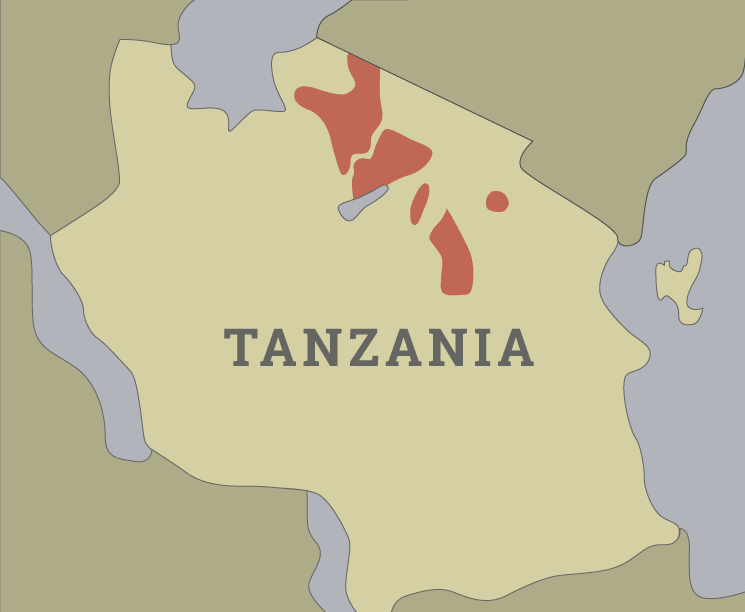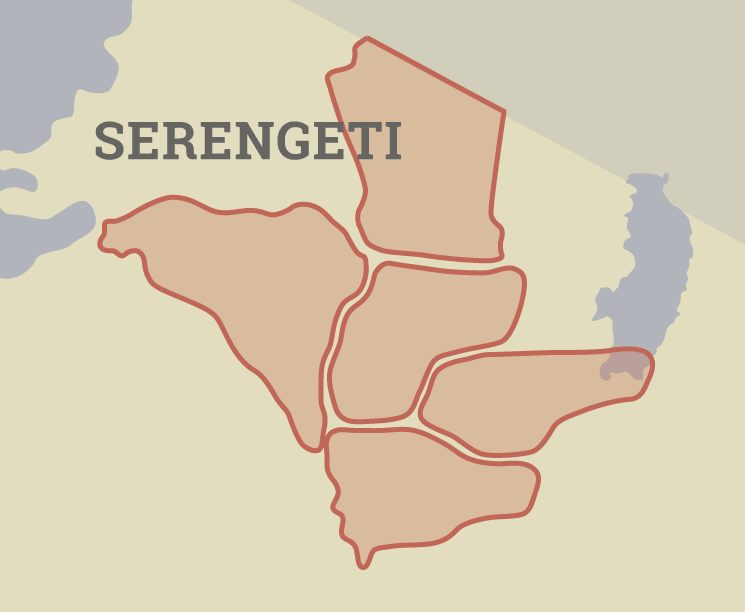March - Green Season
March is situated towards the end of the green season and offers some of the best wildlife viewing opportunities out of the entire year. The Serengeti plains are a beautiful shade of green, dust levels are minimal and most wildlife species are easy to spot. The famous migration is concentrated in massive numbers on the Serengeti plains, which in turn attracts large numbers of predators. March is the time of plenty and many animals time the birth of their families to coincide with the green season.
The rains from early November to late March are usually sporadic and typically do not last for more then a few hours. These expected sporadic showers do not usually pose much of an inconvenience while game driving. There is a chance of heavier rain during this period but during most years the heavier rain falls in late March and April. If it does rain, it will usually clear in 1-2 hours and more then likely the rain will be localized. It is rare that rain clouds will settle over a large area for an extended period of time. Late March usually heralds the beginning of the so called 'long rains' which simply does not mean much of anything in the Serengeti and is more applicable to other areas in East Area. However, there is risk of heavier rain in late March, which may pose an inconvenience while game driving. This risk is mitigated by the fact that it tends to rain less on the Serengeti plains where the best wildlife viewing is located during March. We strongly recommend longer duration safaris during late March, April and early May. We view the extra night or two as insurance against the potential of sour weather having a negative impact on any one day.Rain falls in different amounts over various locations throughout Northern Tanzania. The Ngorongoro Crater, Tarangire and Lake Manyara receive higher rainfall then many parts of the Serengeti. There is a steep rainfall gradient in the Serengeti from the dry southeast to the wet northwest. The winds that bring rain blow from the east. The Ngorongoro Highlands block much of the rain from reaching the eastern and southern plains of the Serengeti. However, the western and northern parts of the Serengeti receive a much greater amount (2-3 times more) of participation as compared to the southern and eastern Serengeti. The wetter western and northern Serengeti areas are affected by Lake Victoria. This means that in the southern Serengeti where you should ideally focus your March safari, the rains should not be an issue and it will rain substantially less then the other areas of the Serengeti and Tanzania.
Temperatures are pleasant with an average high of 83 degrees and an average low of 60 degrees. However, the rim of the Ngorongoro Crater can get quite cold at night and in the early morning. Visitor numbers drop off dramatically in the beginning of March and by late March the parks are relatively empty of tourists. March is certainly an excellent time to visit with few tourists around, green landscapes and superb wildlife viewing opportunities.














